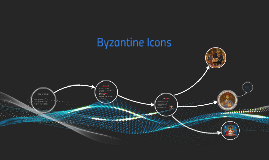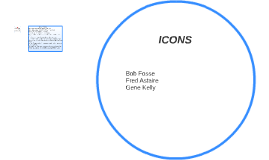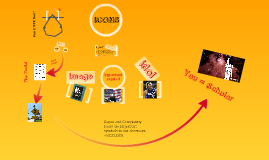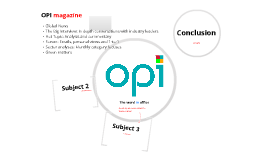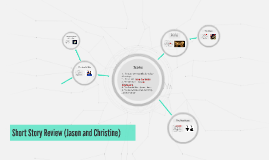Learning with Icons
Transcript: Zoom out for more assets Asset library Instructional Icons Instructional icons provide guidance and direction by visually indicating actions or steps to follow, simplifying complex instructions and enhancing user engagement. Representational Icons Conceptual Icons Interactive Icons Representational icons depict objects or ideas with realistic visuals, aiding in creating easily recognizable visual representations for learners to connect with. Conceptual icons use abstract visuals to symbolize ideas or concepts that may not have direct physical representations, encouraging critical thinking and interpretation. Interactive icons enable user engagement by responding to user actions, promoting interactivity and enhancing the user experience in digital interfaces. Universal Language of Icons Symbolic Icons Types of Learning Icons Symbolic icons use images or shapes to represent objects, concepts, or actions, offering a universal visual language for quick comprehension. Exploring a variety of learning icons, including symbolic, representational, conceptual, instructional, and interactive, that play crucial roles in visual communication and knowledge retention. Icons transcend language barriers, making them a powerful tool for conveying messages across cultures and demographics. Exploring Different Types of Learning Icons Learning icons come in various forms, each serving a unique purpose in visual communication and knowledge retention. Improved Comprehension Benefits of Using Icons Engaging Content Delivery Incorporating Icons into Documentation Integrate icons in documents for quick data interpretation and to enhance visual appeal for readers. Icons simplify complex ideas, making information more accessible and easily understood by a wider audience. Icons help in visualizing concepts quickly and increase information retention among learners. Icons make content more engaging and interactive, capturing the audience's attention and fostering active participation in learning. Tools for Icon Design Using Icons in Presentations Creating Effective Icons Employ professional software and online platforms for designing icons with precision and creativity. Utilize icons in presentations to simplify information, engage the audience, and boost retention of key points. Design icons with clear and simple visual representations to convey complex ideas efficiently. Enhanced Memory Retention Summary Best Practices for Icon Usage Visual representations through icons stimulate the brain, aiding in better recall and understanding of information. Follow design principles, maintain consistency, and ensure icons align with the overall message for effective communication. Knowledge icons are powerful visual tools that enhance communication, understanding, and engagement across various mediums. Implementing Knowledge Icons Visual Representation The Power of Visual Learning Effective implementation of knowledge icons enhances communication and understanding across varied contexts. Icons and imagery play a vital role in effective communication, aiding in conveying complex information quickly and intuitively. Icons enhance understanding and aid memory retention by simplifying complex information. Iconography in Marketing Icons serve as potent visual tools in marketing strategies, enhancing brand messaging, and increasing audience engagement in promotional materials. Utility of Icons Icons are versatile tools used in diverse applications to simplify content, increase visual appeal, and improve user experience. Design Impact Well-designed icons elevate the aesthetic and functionality of digital interfaces, contributing to seamless user interaction and comprehension. Learning Through Icons Capturing Knowledge with Visual Representations Design at work... Keep it quick You have space for details later Share a last point about this concept Almost there... Keep your words short and punchy so your audience stays focused. Hang on... Polishing up... Provide context for your audience and make it easy for them to follow. Last checks... Fine-tuning... Keep your words short and punchy so your audience stays focused. Keep it quick You have space for details later Share a last point about this concept Add more details here Adding final touches... Provide context for your audience and make it easy for them to follow. Adding final touches... Thinking cap on... Thinking cap on... Keep it quick You have space for details later Share a last point about this concept Getting it ready... Provide context for your audience and make it easy for them to follow. Add more details here Add more details here Fine-tuning... Keep your words short and punchy so your audience stays focused.






